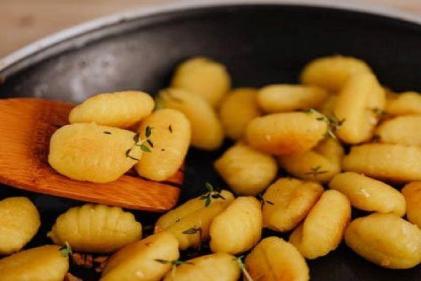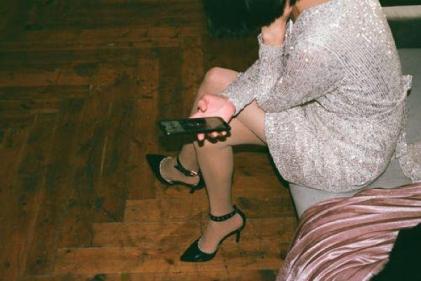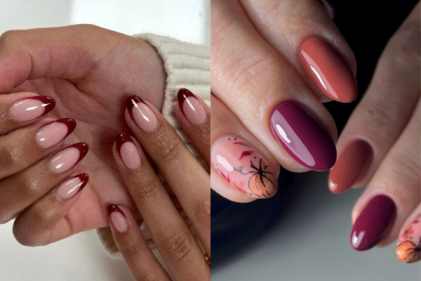 Many new mothers must unfortunately go through the experience of thrush with their newborns and babies.
Many new mothers must unfortunately go through the experience of thrush with their newborns and babies.
Thrush can be found in the mouths of babies more than a week old and is not likely found after the age of two. It is caused by a fungus called candida albicans which has reached higher levels than normal in the mouth resulting in thrush.
Thrush will show as white patches on your baby’s tongue, gums, roof of the mouth or inside cheeks.
Babies can contract thrush for many reasons, even as simple as his immune system is still maturing. It can also happen if baby is on antibiotics or if you are on antibiotics and breastfeeding. It can also be given to baby during labour through the birth canal if you had thrush at the time.
If you suspect your baby may have thrush you will notice some symptoms such as:
- Baby is less willing to feed as normal, though he may be hungry. This is because thrush can make baby’s mouth sore. Though this may only occur in some babies, others may be fine and the patches will be the only noticeable symptom.
- The white patches do not move easily when gently touched with a clean finger to ensure it is not just milk. Be careful when doing this because if you wipe the white patch off it will be red underneath and may bleed.
- Some babies experience nappy rash when they have thrush.
Thrush can be passed on from your baby to you if you are breastfeeding and can result in cracked, sore nipples that makes it very painful to feed your baby.
Though some cases of thrush may pass by themselves and generally doesn’t last very long it can be important to see your GP for treatment, especially if you are breastfeeding. Your GP will likely prescribe you some medicine that will ensure you and baby get back to normal swiftly.
To help prevent future bouts of thrush you can make sure to clean nipples after each feed as well as ensuring anything that goes into baby’s mouth is suitably clean and sterilised.












